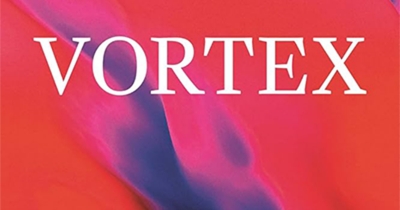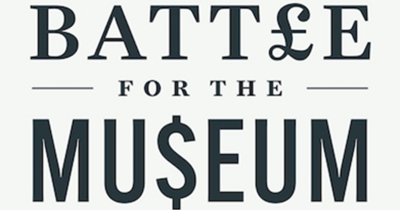Review
Lebanon Days: Memories of an ancient land through economic meltdown, a revolution of hope and surviving the 2020 Beirut explosion by Theodore Ell
by Richard Freadman •
The Garden Against Time: In search of a common paradise by Olivia Laing
by Kate McFadyen •
Running with Pirates: On freedom, adventure, and fathers and sons by Kári Gíslason
by Shannon Burns •
Battle for the Museum: Cultural institutions in crisis by Rachel Spence
by Gabriella Coslovich •










